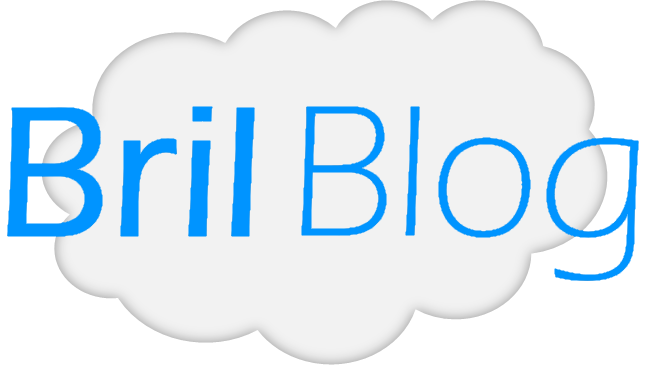Demystifying Effective Requirement Analysis
- Mrinal Shinde
- /
- February 14, 2024
- /
- Analysis
Introduction
In the intricate web of software development, where every line of code serves a purpose, lies the cornerstone of success: effective requirement analysis. From understanding stakeholder needs to translating them into actionable plans, requirement analysis forms the bedrock upon which robust software solutions are built.
The Essence of Requirement Analysis
Requirement analysis, at its core, is about deciphering the true needs and desires of stakeholders and transforming them into clear, concise, and unambiguous requirements. It's the art of asking the right questions, listening intently, and synthesizing information to craft a roadmap for development.
Unraveling the Process
-
Stakeholder Engagement: Engage stakeholders early and often. Actively involve them in discussions, workshops, and feedback sessions to ensure their voices are heard and their needs are understood.
-
Elicitation Techniques: Employ a variety of elicitation techniques such as interviews, surveys, focus groups, and brainstorming sessions. Each method offers unique insights and perspectives that contribute to a comprehensive understanding of requirements.
-
Documentation Standards: Document requirements meticulously using standardized formats like user stories, use cases, and requirement traceability matrices. Clear and concise documentation is the foundation of effective communication and collaboration throughout the project lifecycle.
-
Prioritization and Validation: Prioritize requirements based on business value, feasibility, and stakeholder input. Validate requirements through prototypes, simulations, and user acceptance testing to ensure they align with stakeholder expectations and project goals.
Overcoming Common Challenges
-
Ambiguity and Scope Creep: Combat ambiguity by asking probing questions, seeking clarification from stakeholders, and documenting requirements in detail. Mitigate scope creep through strict change control processes and frequent communication with stakeholders.
-
Communication Breakdowns: Foster open and transparent communication channels among project stakeholders. Utilize collaboration tools, conduct regular status meetings, and establish clear lines of communication to prevent misunderstandings and facilitate alignment.
Tools and Technologies
Explore a plethora of requirement management tools and technologies designed to streamline the requirement analysis process. From feature-rich platforms like JIRA and Trello to specialized tools like Lucidchart and Balsamiq, these tools offer robust features for documenting, organizing, and tracking requirements.
Continuous Improvement
Embrace an iterative approach to requirement analysis. Solicit feedback from stakeholders, reflect on lessons learned from past projects, and continuously refine and improve your requirement analysis processes. By embracing a culture of continuous improvement, you ensure that your projects remain adaptable and responsive to evolving stakeholder needs.
On a final note
In the dynamic world of software development, effective requirement analysis is the North Star guiding teams towards project success. By mastering the art of requirement analysis, teams can navigate complexity with confidence, deliver solutions that exceed stakeholder expectations, and ultimately, drive meaningful impact in the digital landscape.

